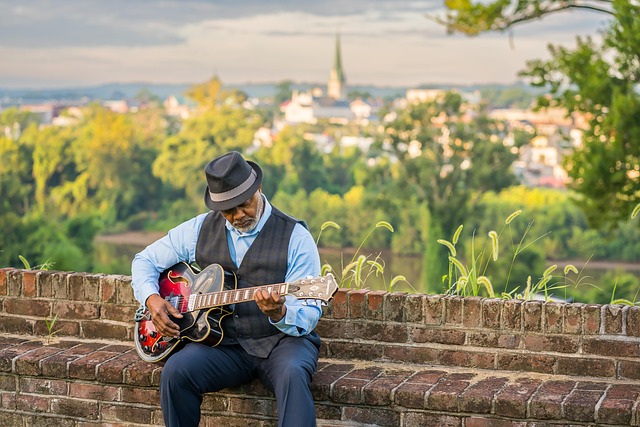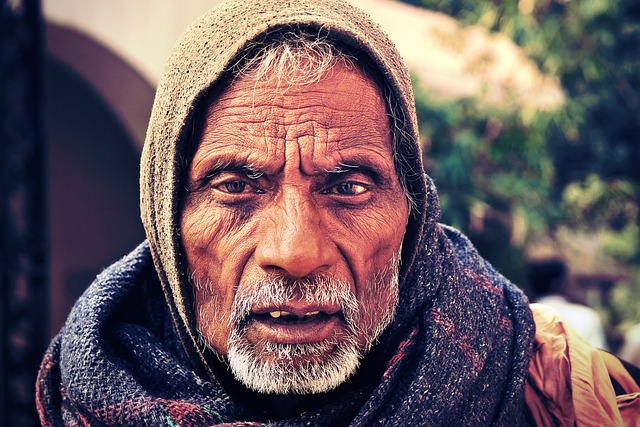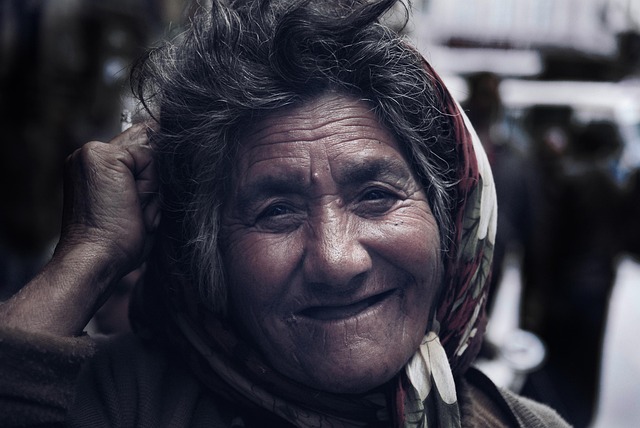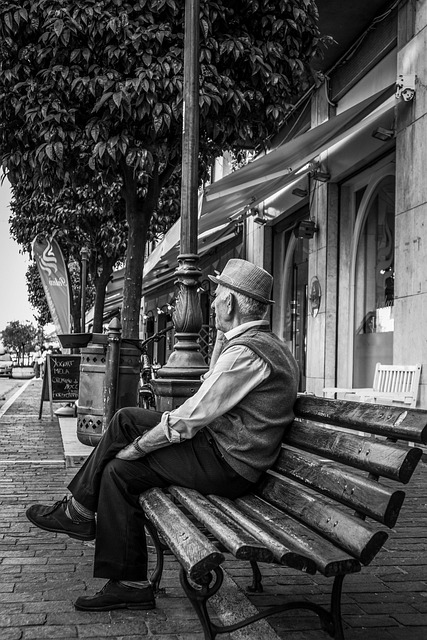Real estate developers face a growing need to cater to aging demographics by designing inclusive spaces prioritizing independence, accessibility, and community. This includes adaptive features for mobility and safety, along with fostering social engagement through community gardens, wellness classes, and intergenerational programs, enhancing seniors' quality of life and community connections.
As our population ages, understanding and catering to the unique needs of senior residents becomes paramount in real estate. This article explores the evolving landscape of geriatric housing, focusing on three key aspects: understanding aging demographics, designing inclusive spaces, and fostering community engagement. By adopting strategies that prioritize mobility, comfort, and social well-being, real estate developers can create environments that enhance the quality of life for an increasingly important segment of society.
Understanding Aging Demographics in Real Estate

In today’s evolving landscape, understanding aging demographics is no longer a nicety but a necessity in real estate. With an increasing number of baby boomers reaching retirement age, developers and investors must adapt to their unique needs and preferences. This shift in population dynamics presents both opportunities and challenges, demanding innovative solutions to cater to this growing segment.
Aging residents often seek environments that promote independence, accessibility, and a strong sense of community. They value well-designed spaces with easy navigation, ample natural light, and proximity to healthcare services and social hubs. Real estate professionals who recognize these preferences can create desirable and inclusive communities, ensuring that the aging population remains an integral part of vibrant neighborhoods.
Designing Spaces for Mobility and Comfort

In the realm of real estate, catering to aging residents’ needs is a growing priority. Designing spaces that prioritize mobility and comfort ensures that seniors can continue to live independently and enjoy their homes for longer. This involves creating layouts that are easily navigable, with wider hallways, clear pathways, and fewer obstacles to facilitate smooth movement. Incorporating features like grab bars in bathrooms, non-slip flooring, and raised outlets reduces fall risks, enhancing safety and security.
Furthermore, integrating adaptable design elements allows for customization as mobility needs change over time. These might include adjustable lighting, easily accessible storage solutions, and versatile furniture that can be reconfigured to suit different requirements. Such thoughtful planning not only accommodates aging residents but also appeals to a broader range of buyers, ensuring properties remain desirable and valuable in the long term.
Community Engagement: Social Well-being for Seniors

In today’s digital era, real estate developers and communities are recognizing the importance of catering to aging residents’ needs. Community engagement plays a crucial role in enhancing social well-being for seniors, who often seek meaningful connections and active lifestyles. By incorporating dedicated spaces and organized activities that foster social interaction, such as community gardens, wellness classes, and intergenerational programs, real estate projects can create vibrant environments where seniors feel valued and included.
These initiatives not only address the physical aspect of aging but also tap into the rich tapestry of experiences and wisdom that seniors bring to the table. Engaging with them actively helps build a stronger, more cohesive community, where every member contributes to a richer social fabric. This, in turn, can lead to improved mental health, increased life satisfaction, and a profound sense of belonging for aging residents.






